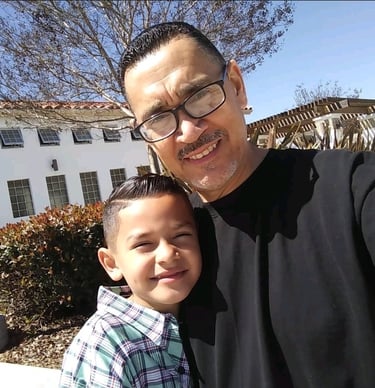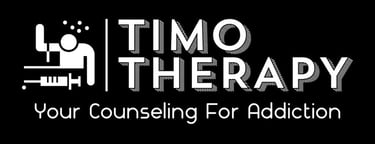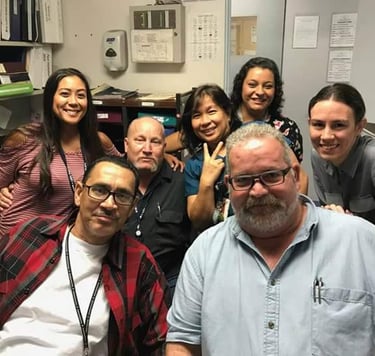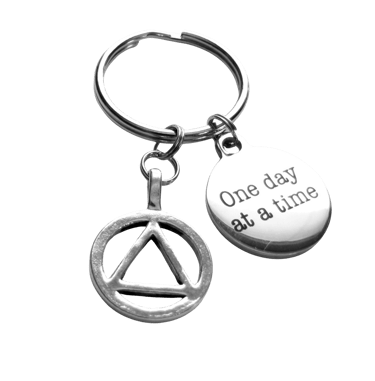The Dangers of Mixing Prescription Drugs & Alcohol
The combination of prescription drugs and alcohol poses a significant risk to health, often leading to life-threatening conditions. The severity and nature of these risks can vary greatly depending on the specific medications ingested alongside alcohol, potentially resulting in respiratory depression, increased sedation, and heightened risk of overdose.
HARM REDUCTION & PREVENTION


Understanding the Risks of Combining Prescription Drugs with Alcohol
The combination of prescription drugs and alcohol presents significant risks that can jeopardize an individual’s health and safety. Many medications prescribed today fall into categories such as opioids, benzodiazepines, and antidepressants, each of which interacts with alcohol in potentially dangerous ways. Opioids, commonly prescribed for pain relief, can produce a powerful sedative effect when combined with alcohol. This interaction may lead to heightened drowsiness, respiratory depression, or even overdose, posing a serious threat to life.
Benzodiazepines, which are often used to treat anxiety or sleep disorders, also have similar interactions. When alcohol is consumed alongside benzodiazepines, the central nervous system becomes heavily depressed, increasing the risk of accidents, impaired judgment, and a greater likelihood of dependence on both substances. Statistically, it has been shown that the usage rates of benzodiazepines are alarmingly high, with many individuals underestimating how alcohol can intensify the effects of these medications.
Antidepressants, prescribed for mood disorders, also experience adverse interactions with alcohol. Some people may believe that drinking while on antidepressants is safe; however, the combination can effectively negate the drug's therapeutic effects and can even exacerbate symptoms of depression or anxiety, creating a cycle of dependency. Research has indicated that a significant portion of individuals taking prescription medications may mix them with alcohol at some point, often without fully understanding the consequences.
In light of these risks, it is crucial for individuals prescribed any medication to engage in open discussions with healthcare providers about their alcohol consumption habits. The dangers associated with mixing prescription drugs and alcohol are not to be taken lightly, and it is imperative to foster awareness regarding the potentially severe consequences of such actions.
The Potentially Fatal Consequences of Mixing Substances
The combination of prescription drugs and alcohol poses a significant risk to health, often leading to life-threatening conditions. The severity and nature of these risks can vary greatly depending on the specific medications ingested alongside alcohol, potentially resulting in respiratory depression, increased sedation, and heightened risk of overdose. For instance, both opioids and benzodiazepines, commonly prescribed for pain and anxiety, respectively, can dangerously interact with alcohol. When these substances are consumed together, the central nervous system becomes excessively suppressed, which may lead to difficulty in breathing or loss of consciousness.
Respiratory depression, a particularly alarming consequence of mixing these substances, occurs when the respiratory system slows down. This condition can be exacerbated by alcohol’s depressant effects, especially when combined with medications such as opioids. In many cases, individuals may become unaware of the respiratory distress they are experiencing, creating an urgent situation that can culminate in irreversible consequences or even death. Additionally, increased sedation from this combination can impair cognitive functions, leading to impaired motor skills and heightened risk of accidents.
Real-life scenarios highlight the dire outcomes of mixing prescription drugs and alcohol. One illustrative case is that of a young adult who mixed a prescription painkiller with alcoholic beverages during a party. The result was a fatal overdose that shocked his family and community. Such stories are not isolated incidents; they occur frequently and underline the urgent need for awareness regarding substance interactions. Furthermore, age, overall health status, and individual drinking habits significantly influence how these combinations affect a person. Older adults and those with existing health issues may be particularly vulnerable to the adverse effects of mixing prescription medications with alcohol, amplifying the potential for serious health crises.
How to Prevent Accidental Overdoses and Ensure Safety
Accidental overdoses can be a serious consequence of mixing prescription drugs with alcohol, highlighting the necessity for individuals to take proactive measures to ensure their safety. The first step in preventing such dangerous interactions is to consult healthcare providers before beginning any new medication. Healthcare professionals possess the expertise required to evaluate the patient’s overall medication regimen, including over-the-counter products and supplements, ensuring that the combination does not pose a significant risk when paired with alcohol.
Reading labels carefully is another critical measure. Medication labels typically provide essential information regarding potential interactions with alcohol. Patients should diligently adhere to dosage instructions and warnings provided by pharmacists or doctors. It is also prudent to be aware of the specific risks associated with different classes of prescription medications, such as opioids and benzodiazepines, which can have heightened adverse effects when alcohol is consumed.
Establishing a support system is fundamental when managing prescription medication and alcohol consumption. Engaging friends and family members in discussions about one’s medication use enables a supportive environment where individuals can express concerns regarding prescription drugs and alcohol. Open communication fosters accountability and encourages responsible management of medications. Furthermore, designating a person who can assist in monitoring drug intake and recognize warning signs of overdose can significantly contribute to safety.
Medical professionals advocate for ongoing education about the effects of alcohol on prescription medications. Attending workshops or seeking information from credible online resources can enhance an individual’s understanding of how to responsibly manage prescriptions. By practicing diligence and ensuring a thorough understanding of both medications and alcohol, individuals can effectively reduce the risk of accidental overdoses and safeguard their health.
Resources and Support for Individuals Struggling with Substance Interactions
For individuals grappling with the complexities of substance interactions, particularly the dangerous combination of prescription drugs and alcohol, a variety of resources and support systems are available. These channels are essential in facilitating recovery and ensuring safety in managing substance use. One of the first steps toward recovery is reaching out to hotlines dedicated to assisting those dealing with substance misuse. The Substance Abuse and Mental Health Services Administration (SAMHSA) offers a national helpline that can provide information on treatment options, support groups, and other services.
Support groups play a vital role in fostering a sense of community and shared experience for those struggling with alcohol use or prescription medication misuse. Organizations such as Alcoholics Anonymous (AA) and Narcotics Anonymous (NA) provide a safe space for individuals to share their experiences and learn from one another. These meetings often focus on recovery strategies and offer emotional support, helping participants understand they are not alone in their battle.
Rehabilitation programs are another avenue available for those in need. Various inpatient and outpatient programs cater to the unique needs of individuals, providing therapies and counseling specifically designed to address substance interactions. These programs often incorporate educational components, teaching participants about the risks associated with combining prescription medications with alcohol.
Furthermore, healthcare providers play a critical role in the prevention and management of substance interactions. They offer valuable education about the implications of mixing substances and can assist in creating a personalized treatment plan. Family and friends can also provide crucial support by encouraging their loved ones to seek professional help and by participating in open communication about substance use.
In conclusion, accessing the right resources and support is fundamental for individuals struggling with the dangers of mixing prescription drugs and alcohol. Seeking help is an important step toward recovery and better health outcomes.

